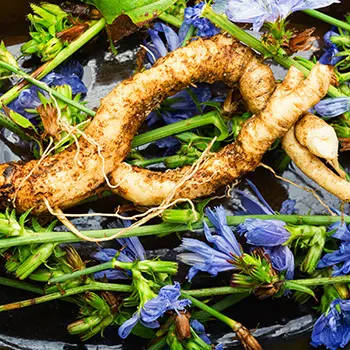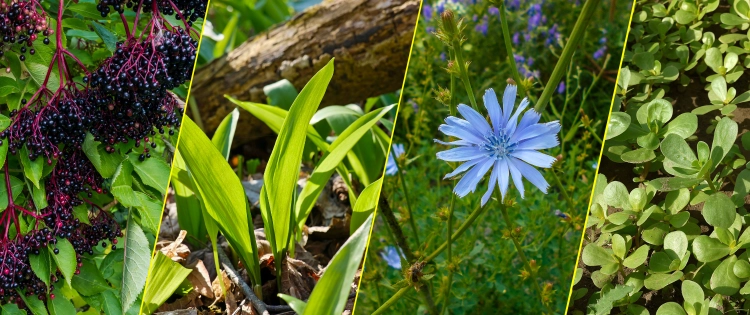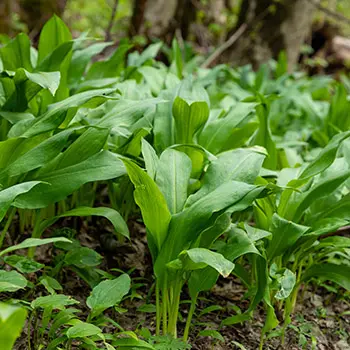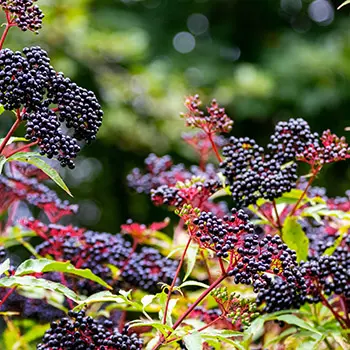During the Civil War, soldiers often faced food shortages and had to resort to foraging and hunting for sustenance. Many turned to eating wild plants to supplement their rations, some of which were surprisingly nutritious. Here are ten plants soldiers ate during the Civil War and how to prepare them.
Soldiers had a mostly bland and unvaried diet. They mainly ate hardtack, which was a hard biscuit made from flour, water, and salt. Soldiers also ate salted meat, beans, and vegetables like potatoes and onions. They didn’t have access to fresh fruits or vegetables, so they often got scurvy, a disease caused by vitamin C deficiency.
However, soldiers could supplement their diets with wild herbs and plants that they found in the fields or woods. Foraging was not always easy, however, as soldiers often had to contend with hostile terrain and the risk of encountering enemy troops. They also had to be careful not to accidentally consume poisonous plants, which could have disastrous consequences.
Despite these challenges, foraging for plants was an important part of a soldier’s daily life during the Civil War. It allowed them to supplement their rations and provided valuable nutrition and medicine at a time when resources were scarce.
Chicory
Chicory is a common plant that is often found along roadsides and in fields, and it was the star of many meals made in the trenches.
It has a slightly bitter taste, but it is high in vitamins and minerals. To prepare chicory, the roots can be roasted and used as a coffee substitute, while the leaves can be boiled or sautéed and added to soups or stews.
Purslane
Purslane is a succulent plant that is often overlooked, but it is packed with nutrients. It has a slightly sour and salty taste, and soldiers ate it raw. To prepare purslane, it can be added to salads, soups, or stews, or sautéed with other vegetables.
Sheep Sorrel
Sheep sorrel is a common weed that has a lemony taste. It is high in vitamin C and other nutrients, and it can be eaten raw or cooked. Soldiers used to eat it whenever they felt tired or right before an important battle because of it.
Wild Garlic
Wild garlic is a plant that is similar to chives or scallions. It has a strong, garlicky flavor and is high in antioxidants. Soldiers chopped it and added it to soups or stews.
Dandelion
Dandelion is a common weed that is often considered a nuisance. However, it is a nutritious plant that is high in vitamins and minerals. Troops ate the leaves raw, and they used the flowers to make tea.
Plantain
Plantain is a common plant that was often found by soldiers in meadows. It has a slightly bitter taste, but it is high in vitamins and minerals. To prepare plantain, they ate the leaves raw or cooked or used to make a poultice for minor cuts and scrapes.
Here is how soldiers usually told apart edible plants from their poisonous lookalikes.
Elderberry
Elderberry is a shrub that produces small, dark berries. The berries are high in antioxidants and troops ate them raw.
To prepare elderberries, they can be made into jam, syrup, or wine.
Wild Plum
Troops often found Wild plum trees in forests and along streams. The fruit is high in vitamin C and other nutrients, so they ate it raw. To prepare wild plums, they can be made into jam or used to flavor meat dishes.
Blackberry
Blackberries are a common fruit that grow on thorny bushes so they could be easily spotted from afar.
They are high in antioxidants and can be eaten raw by soldiers.
To prepare blackberries, they can be made into jam or added to baked goods.
Sassafras
Sassafras is a tree that is native to the eastern United States. The leaves and roots have a distinct flavor and can be used to flavor soups, stews, or gumbo. Sassafras tea was also popular among troops.
Some of these plants had medicinal properties that could help with various ailments. For example, soldiers would use the leaves of the plantain plant to soothe insect bites and wounds. They would also use the roots of the black cohosh plant to ease pain and reduce inflammation. Another common plant that soldiers used was the willow tree. The bark of the willow tree contains a compound called salicin, which is similar to aspirin. Soldiers would chew on willow bark to relieve pain and reduce fever.
Soldiers also used this as a medicinal plant. They would smoke its leaves to relieve pain, anxiety, and nausea. Today, this plant is still considered a versatile and beneficial herb with many medicinal properties. It can be used to treat a variety of conditions and is a popular natural remedy for respiratory problems, inflammation, infections, and pain relief.
To conclude, soldiers often had to rely on wild plants to supplement their rations. These plants were not only nutritious but also delicious. While some of these plants may be considered weeds, they are packed with vitamins, minerals, and antioxidants, and can be a valuable addition to anyone’s diet.
So next time you’re out foraging, keep an eye out for these forgotten gems.
You may also like:
10 Civil War Foods Every Homesteader Should Know And Try
Similar to Morphine: The Best Natural Painkiller that Grows in Your Backyard (Video)
Wild Edibles People Ate During The Great Depression











